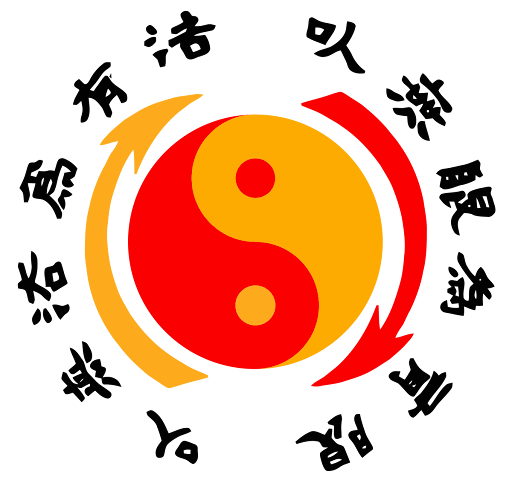Bruce Lee: The Legend Who Redefined Martial Arts
Martial Artist | Actor | Filmmaker | Philosopher | Record-Breaker
Early Life & Background
Born as Lee Jun-fan on November 27, 1940, in San Francisco, California, Bruce Lee was destined for greatness. His father, Lee Hoi-chuen, was a famous Cantonese opera singer, and his mother, Grace Ho, came from a prestigious Hong Kong family. Despite being born in the U.S., Bruce was raised in Hong Kong, where he was introduced to the film industry as a child actor.
Martial Arts Journey
Bruce Lee’s martial arts journey began with Wing Chun, training under the legendary Ip Man. His passion for combat led him to explore various disciplines, including boxing, fencing, and street fighting. In 1958, he won a Hong Kong boxing tournament, showcasing his speed and precision.
Move to America & Education
Due to frequent street fights, Bruce’s parents sent him to the United States in 1959. He settled in Seattle, where he enrolled at the University of Washington to study philosophy. During this time, he began teaching martial arts, developing his own unique approach.
Creation of Jeet Kune Do
Bruce Lee rejected rigid martial arts styles and created Jeet Kune Do, a philosophy emphasizing adaptability, efficiency, and directness. His famous quote, "Be water, my friend," encapsulates his belief in fluidity and self-expression.
"Empty your mind. Be formless, shapeless—like water. Water can flow or it can crash. Be water, my friend." — Bruce Lee
Hollywood & Film Career
Bruce Lee struggled to break into Hollywood due to racial stereotypes. His first major role was as Kato in The Green Hornet (1966). Frustrated with Hollywood’s limitations, he returned to Hong Kong, where he starred in iconic films:
- The Big Boss (1971) – His breakthrough film in Hong Kong.
- Fist of Fury (1972) – A film that showcased his powerful presence.
- The Way of the Dragon (1972) – Featuring his legendary fight with Chuck Norris.
- Enter the Dragon (1973) – His most famous film, released posthumously.
- Game of Death (1978) – Unfinished at the time of his death.
Philosophy & Influence
Bruce Lee was not just a fighter—he was a thinker. His philosophy blended Taoism, Zen Buddhism, and Western thought. He believed in self-improvement, discipline, and breaking barriers.
Tragic Death & Legacy
On July 20, 1973, Bruce Lee passed away in Hong Kong at the age of 32. His official cause of death was cerebral edema, though theories surrounding his passing remain debated.
Despite his short life, Bruce Lee’s impact is immeasurable. He transformed martial arts, cinema, and philosophy, inspiring generations of fighters, actors, and thinkers.
Bruce Lee’s Unmatched World Records
- Fastest Punch: Bruce Lee could punch 9 times in one second.
- Powerful Punch: His punching power was measured at 350 pounds, equal to Muhammad Ali’s, despite weighing only 130 pounds.
- One-Inch Punch Power: His famous one-inch punch could send a 75 kg opponent flying 5–6 meters away.
- Unbelievable Kicking Speed: He could kick 6 times in one second.
- Record-Breaking Kick: He kicked a 135 kg sandbag to the ceiling, which was about 5 meters high.
- Strongest Side Kick: He broke a 45 kg sandbag with a single side kick.
- Extreme Nunchaku Force: He generated 1600 pounds of force using nunchakus.
- Incredible Push-Up Strength: He could do 1500 push-ups with both hands, 400 on one hand, 200 on two fingers, and 100 on one thumb.
Fun Facts About Bruce Lee
- Bruce Lee’s movements were so fast that filmmakers had to slow down his fight scenes.
- He was a champion cha-cha dancer before becoming a martial artist.
- His philosophy was heavily influenced by Taoism and Zen Buddhism.
- He developed his own training equipment to enhance speed and power.
Bruce Lee’s legacy continues to inspire generations. His philosophy, discipline, and martial arts mastery remain timeless.






.jpg)









.jpg)

0 Comments